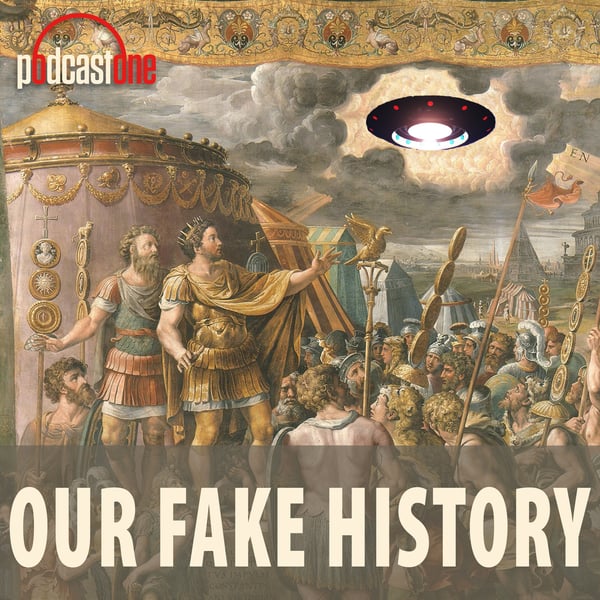Episode #193- Who Killed Mozart? (Part II)
Our Fake History
PodcastOne
4.7 • 3.5K Ratings
🗓️ 26 December 2023
⏱️ 79 minutes
🧾️ Download transcript
Summary
Transcript
Click on a timestamp to play from that location
| 0:00.0 | And I'm M. and then Ereux. Sele Gumba, me, his ere jenen, his ere Israel. What you just heard was a small excerpt from a beloved piece of choral music known as the |
| 1:01.8 | Misererere medias. |
| 1:05.0 | Originally composed sometime in the 1630s, the Misarere is in the running as one of the most famous and mythologized pieces of church music ever performed. |
| 1:17.0 | This piece transposes the text of the biblical Psalm 51. |
| 1:23.7 | Misere Meadeus translates to, |
| 1:26.4 | Have Mercy on me, my God. |
| 1:29.9 | And it was created specifically |
| 1:31.9 | to be performed in the Sistine Chapel. |
| 1:35.8 | It was written for two choirs, one of four voices and another of five voices. |
| 1:42.4 | And what music scholars like to point out is that the |
| 1:45.2 | concluding passage is a beautiful example of what's known as |
| 1:48.7 | Polyphony. That is two or more different but harmonious melody lines being played or in this case sung simultaneously. |
| 1:59.0 | A well-developed polyphony is a very cool effect. |
| 2:06.1 | After its composition, the Misaree became a staple of the Vatican's yearly Holy Week services leading up to Easter. |
| 2:15.2 | But interestingly, the Mizare we here today |
| 2:18.8 | is likely quite different from the one originally |
| 2:21.7 | composed by Gregorio Allegri. |
| 2:25.0 | The Sistine Chapel Choir has a long tradition of modifying pieces and adding what musicologists |
| 2:32.0 | call ornamentations. |
| 2:34.0 | For instance, one of the most memorable moments in the misarere |
| 2:39.0 | is when the soprano reaches for an impressively high c note that seems to float over the rest of the |
| 2:47.2 | choir. Oh, Pretty cool, right? But the thing about that high C-note is that most experts believe that it probably wasn't in the original composition. |
... |
Please login to see the full transcript.
Disclaimer: The podcast and artwork embedded on this page are from PodcastOne, and are the property of its owner and not affiliated with or endorsed by Tapesearch.
Generated transcripts are the property of PodcastOne and are distributed freely under the Fair Use doctrine. Transcripts generated by Tapesearch are not guaranteed to be accurate.
Copyright © Tapesearch 2025.

